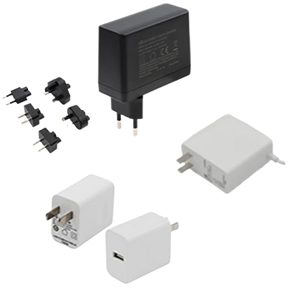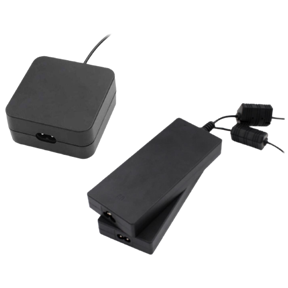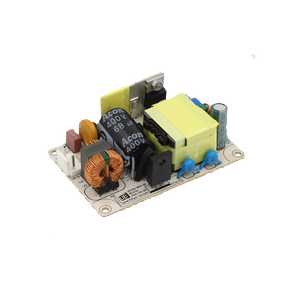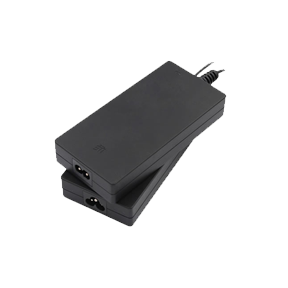Safety distance requirements
In the standard of GB4943, the minimum safety distance required according to different working voltage levels is specified, and the safety distance specifies two types of creepage distance and electrical clearance. For the switching power supply, there are the following two aspects where the minimum safety distance needs to be guaranteed.
Measure the creepage distance and electrical clearance between the circuit and the surface of the case, the two ends of the fuse, and L-N at one time.
The creepage distance and electrical clearance between the first test circuit and the second test safety circuit.
To determine how to determine the minimum distance of creepage distance and electrical clearance needs to be determined according to the working voltage of the circuit and other conditions:
1. Measurement of working voltage:
1). Generally speaking, the creepage distance and clearance of the primary circuit are judged according to the effective value of the input voltage. If the input voltage has a certain range, the effective value of the upper limit of the input voltage range is taken.
2). To determine the creepage distance and clearance between the primary circuit and the secondary circuit, it is necessary to measure the working voltage between the primary circuit and the secondary circuit. The measurement method is to connect the N terminal of the primary side and the negative terminal of the secondary side. Measure the working voltage between the primary circuit and the secondary circuit. Generally, the test place is that the transformer, optocoupler, Y capacitor, etc. are connected across the working voltage between the primary circuit and the secondary circuit.
3). The measuring instrument adopts a digital oscilloscope to measure, and a carbon rod less than 100 times is needed to record the Vpeak and Vrms of the maximum working voltage.
2. Determination of minimum creepage distance:
Creepage distance: Determined by the actual working voltage Vrms. The accurate creepage distance can be found according to the attached table 2L in the GB4943-2001 standard to determine the required minimum creepage distance. When looking up the table, first determine the pollution level and material group.
1). Pollution degree: For products used indoors, the pollution degree is Ⅱ.
2). The data checked in the table is the minimum creepage distance required for basic insulation, and the minimum creepage distance for reinforced insulation is twice the data found.
3). The data in the table is specified by interval. For the specific voltage value, calculation is needed to determine it. For example, if the voltage is 250V, the minimum creepage distance required for reinforced insulation is 2.5mm, which is required for reinforced insulation. The minimum creepage distance is 2.5×2=5.0mm.
3. Determination of minimum electrical clearance:
Electric clearance: Determined by the actual working voltage Vrms. The clearance requirements for basic insulation and reinforced insulation are determined in accordance with Tables 2K and 2L.
3.1 The insulation of the primary circuit and the electrical clearance between the primary and secondary circuits:
It is determined by factors such as the working voltage (Vpeak), the required insulation type and the pollution level of the environment. The accurate clearance distance is equal to the sum of the results obtained in Table 2K and Table 2L, namely C=Cl+C2 (additional electric clearance)
Cl: If the working voltage is less than 420V, the minimum electrical clearance requirement is obtained from Table 2K, the reinforced insulation requirement is 4.0mm, and the basic insulation requirement is 2.0mm.
Additional electrical clearance C2: derived from Table 2L, depends on the working voltage Vpeak (taken from the actual measured value)
Note: Only when the actual working voltage Vpeak value is greater than 420V, table 2L needs to be considered, otherwise C2=0.
The specific look-up table 2L method is as follows:
1) Judge which column it belongs to according to the working voltage Vpeak value, 420V<U≤493V. C2=0.2mm (reinforced insulation)
2) Judge which column it belongs to according to the working voltage Vpeak value, 493V<U≤567V. C2=0.4mm (reinforced insulation)
For example: working voltage Vpeak=500V, the space distance required by the industry is 4.0+0.4=4.4mm (2000 meters above sea level), if it is 5000 meters above sea level, 4.4mm*1.48=6.6mm is required.





